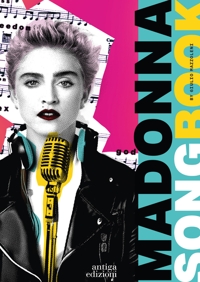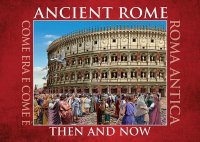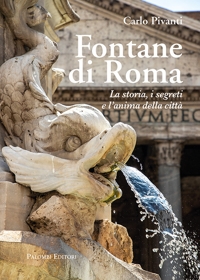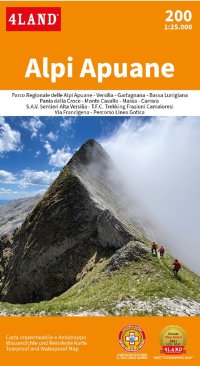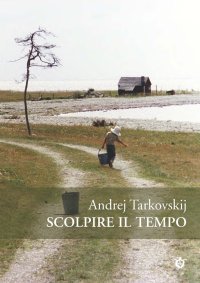Felice Palma. Massa 1583-1625. Collezione / Collection.
Texts by Andrei Cristina, Ciarlo Nicola, Federici Fabrizio, Claudio Casini and Sara Ragni.
Italian and English Text.
Pontedera, 2024; bound in a case, pp. 289, b/w and col. ill., b/w and col. plates, cm 24,5x34.
(L'Oro Bianco. Straordinari Dimenticati. The White Gold Forgotten Masters).
cover price: € 160.00
|
Books included in the offer:
Felice Palma. Massa 1583-1625. Collezione / Collection.
Texts by Andrei Cristina, Ciarlo Nicola, Federici Fabrizio, Claudio Casini and Sara Ragni.
Italian and English Text.
Pontedera, 2024; bound in a case, pp. 289, b/w and col. ill., b/w and col. plates, cm 24,5x34.
(L'Oro Bianco. Straordinari Dimenticati. The White Gold Forgotten Masters).
FREE (cover price: € 160.00)
Le botteghe del marmo
Italian and English Text.
Ospedaletto, 1992; bound, pp. 153, 10 b/w ill., 60 col. ill., cm 24x29.
(Immagine).
FREE (cover price: € 34.49)
Museo Stefano Bardini. I Bronzetti e gli Oggetti d'Uso in Bronzo
Edited by Nesi A.
Firenze, 2009; paperback, pp. 191, 102 b/w ill., 7 col. ill., cm 17x24,5.
(Museo Stefano Bardini).
FREE (cover price: € 30.00)
Bronzetti e Rilievi dal XV al XVIII Secolo
Bologna, 2015; 2 vols., bound in a case, pp. 729, ill., col. plates, cm 21,5x30,5.
FREE (cover price: € 90.00)
Vincenzo Foppa
Skira
Brescia, Santa Giulia-Museo della Città, March 3 - June 30, 2002.
Edited by G. Romano, Agosti G. and M. Natale.
Milano, 2003; paperback in a case, pp. 352, 188 b/w and col. ill., cm 24x28.
(Arte Antica. Cataloghi).
series: Arte Antica. Cataloghi
ISBN: 88-8491-478-7 - EAN13: 9788884914781
Subject: Essays (Art or Architecture),Monographs (Painting and Drawing)
Period: 1400-1800 (XV-XVIII) Renaissance
Places: Lombardy
Languages: 
Weight: 2.163 kg
About a hundred works - polyptychs, altar pieces, devotional paintings, celebratory portraits, wooden sculptures, frescoes, stained glass - document the rich and complex work of Vincenzo Foppa, the great protagonist of the Italian Renaissance working between Lombardy and Liguria in the late 15th and early 16th centuries, and other contemporary masters, from Bonifacio Bembo to Bergognone, from Donato de Bardi to Francesco Solari, from Bramante to Bramantino, from Bernardo Zenale to Vincenzo Civerchio.
Born in Brescia in 1427/30, Vincenzo Foppa was the greatest Lombardy painter of the 1400s, the forerunner of Lombardy naturalism in the unique way he perceived light and his commitment to the values of truth and realism.
After 1460 Foppa was active mainly in Milan, and created vast decorative projects, of which only one remains, the cycle of the Stories of Saint Peter the martyr for the Cappella Portinari in Sant'Eustorgio, which can be considered the peak of his art and a cornerstone of Lombardy painting. From 1468 Foppa worked in a number of areas: between Milan and Pavia on numerous commissions for the Sforza, in Genoa on the decoration of the Duomo, and finally in Brescia, on the frescoes for the Cappella Averoldi. The relationship between Foppa and the philo-Ferrarese culture in Lombardy was fundamental to this period, but a comparison with the works of Bramante reveals how great was the influence on Foppa of this painter and architect from Urbino, who arrived in Lombardy in 1477.
Foppa's artistic life in Liguria, in the period closing the 15th century, was under the patronage of Cardinal Giuliano della Rovere, the future Pope Giulio II. Here the artist created challenging masterpieces. In his old age, Foppa faced the rise of Bramantino and Zenale and the spread of Leonardo da Vinci's language: his reaction, though faithful to the foundations of his personal language, did not hinder his teaching, as shown in the style of the not-so-young Civerchio. Vincenzo Foppa died in Brescia in 1515/16.
Out of Catalog











